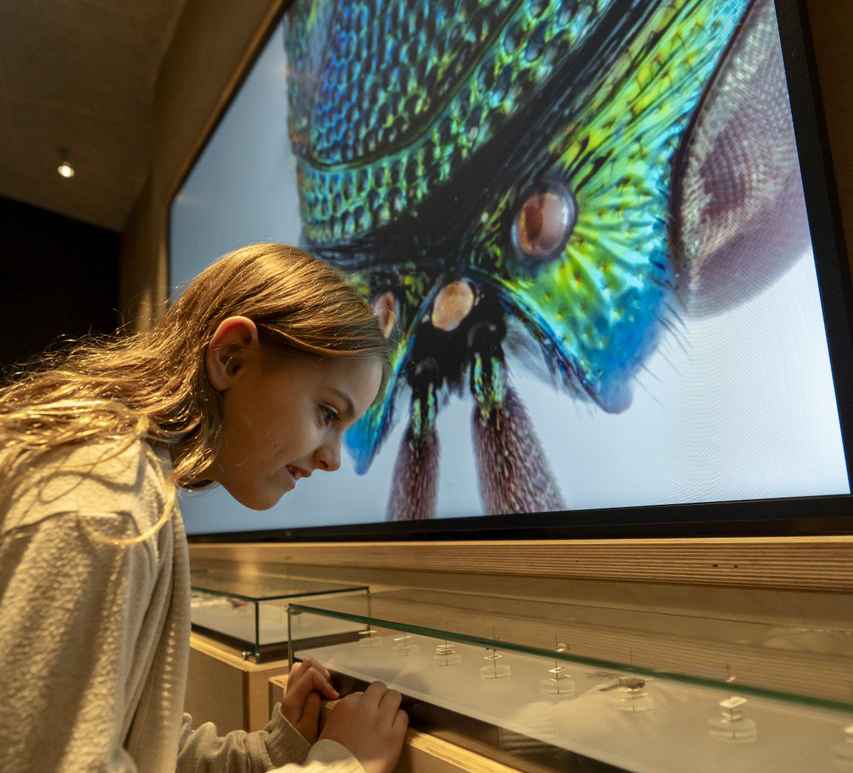This event is over.

SGI Solstice Speaker Series: Language As a Bridge
In the spirit of the holiday season, nêhiyaw/Cree singer and songwriter Falynn Baptiste will be performing in the December/winter solstice installment of the SGI Solstice Speaker Series. She will sing Cree Christmas Carols and discuss the importance of language as a bridge to Truth and Reconciliation as well as identity. In addition, she will collaborate with a school group to perform a Christmas carol in Cree.
The evening also features:
- Students from Thomson Community School
- Knowledge Keeper Tim Poitras
- SGI | Facilitator Jeremy Pilon
Built around the natural calendar, the Solstice Speaker Series is a four-part series sponsored by SGI. It provides an opportunity to reflect on the emotion and changes that happens each season. Topics are current, thought provoking, and designed to create active participation towards Truth and Reconciliation.
Tea and bannock will be served.
- Masks are welcomed at the RSM but are not required.
- Latest COVID-19 information
- Events at the Royal Saskatchewan Museum may be photographed or recorded on video. By attending this event, you are giving permission to the Royal Saskatchewan Museum and the Friends of the Royal Saskatchewan Museum to use photographs or videos that may contain your likeness for promotional purposes. Photographs or videos may be shared in print material, on the website for the Royal Saskatchewan Museum, or on social media. Please identify yourself to our photographer or registration staff if you do not wish to be photographed.
-
Can't join us live? This evening will be livestreamed at https://youtu.be/p92ZblFw3-s

Falynn Baptiste
My mother says I came into the world a songbird, humming and singing to myself when I was a little girl. My late nôkum (grandmother) and nôhtawiy (father) were gifted with song, thus music has always been a part of my life. I was blessed to have been raised on Red Pheasant First Nation among a very large family, rooted in my nêhiyaw culture, traditions and language. I am also proud to be Mêtis and come from an equally large family with strong roots from Cumberland House, SK. My late mosom's (grandfathers), nokum's (grandmothers), my parents and their siblings were first language Cree speakers. Along with language, prayer and spirituality were instilled in us. My late grandparents made connections between their Cree spiritual teachings and the teachings of the Catholic church. One teaching did not replace the other, instead the two ways of praying walked side by side in harmony and respect. As such, we regularly went to church. At an early age, I began singing church songs that had been translated to the the Cree language. One of my first large audience performances was of "Amazing Grace" in Cree at the age of 14. I went on to do many performances over the years where people have requested songs sung in Cree, often hymns such as Amazing Grace and How Great Thou Art.
As an educator I have witnessed the growing absence of Cree language speakers among the younger generations and wondered if the the loss of language has contributed to the loss of identity among our Indigenous youth. Motivated by the importance of preserving the language, I recorded a two song Christmas demo of "O Holy Night" and "What Child is This" translated into Cree in 2012. In 2014, I released an additional two songs, "Silent Night" and "O Come All Ye Faithful", also translated into Cree. I am both humbled and grateful for the overwhelming positive response from listeners across Canada and the United States. It is the voices of support and encouragement that has inspired me to continue recording contemporary music in the Cree language.
As Indigenous people, we believe our languages are powerful. Language was a gift given to us from the Creator and it carries our teachings, songs and ceremonies. Language is the spirit of what it means to be Indigenous. Hearing contemporary song translated into Indigenous languages stirs emotion and creates a strong connection to the spirit. It also serves as a bridge, connecting the voices of the past to those of the present. It is in preserving and revitalizing our Indigenous languages that we will find healing and strength. There is great beauty among the Indigenous languages of Turtle Island.



